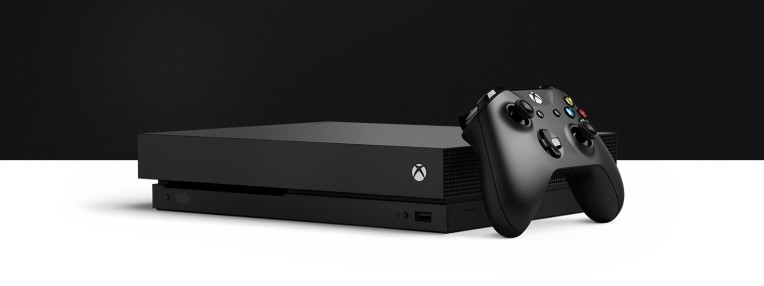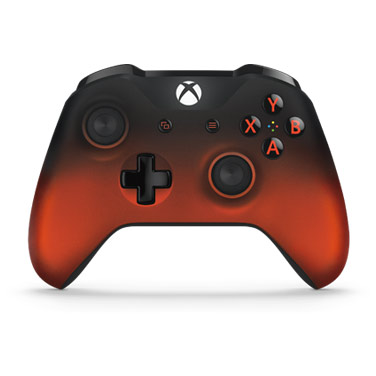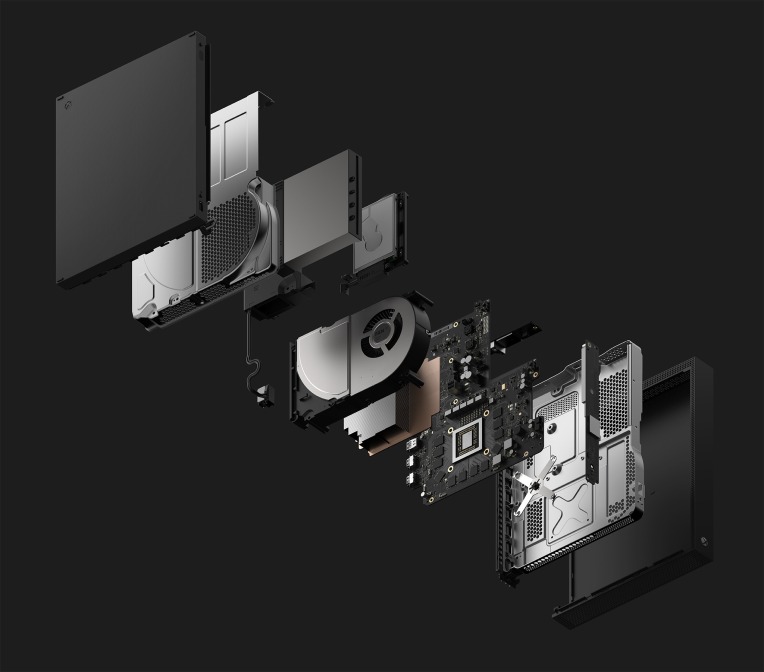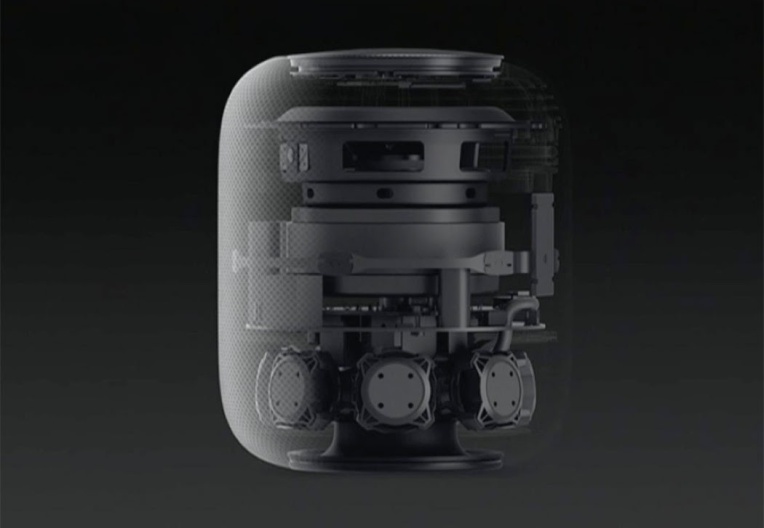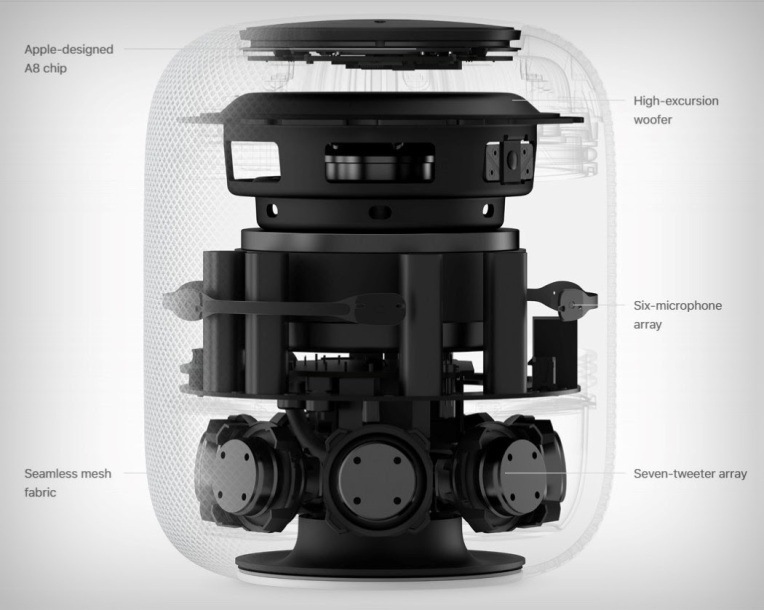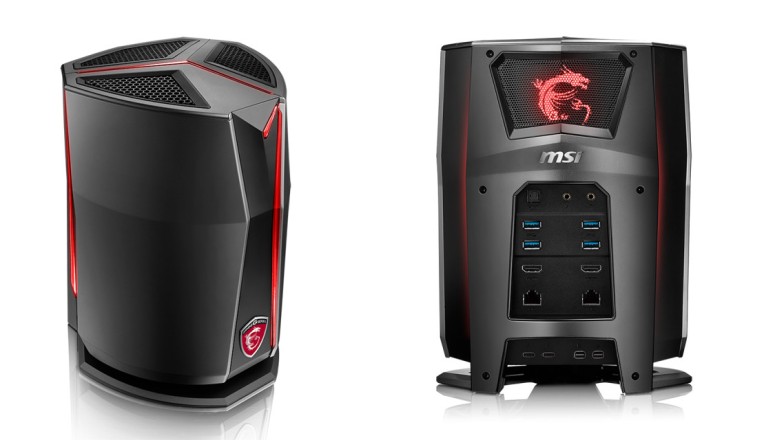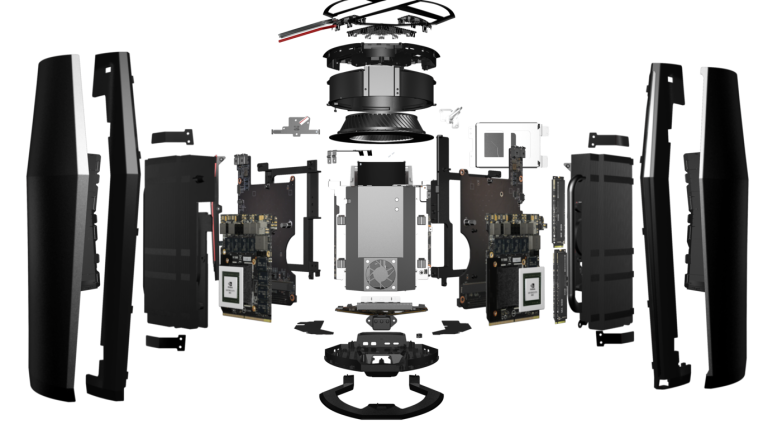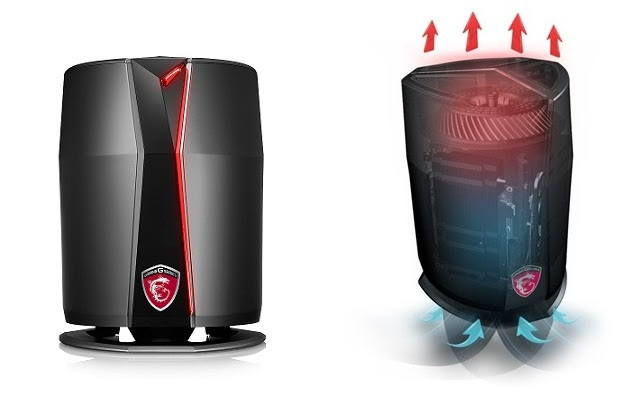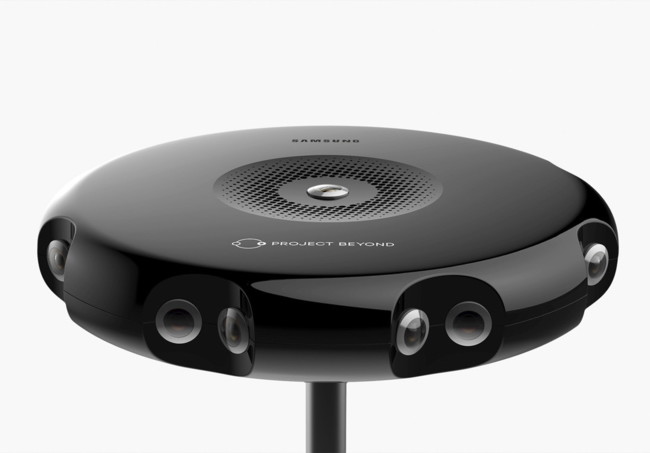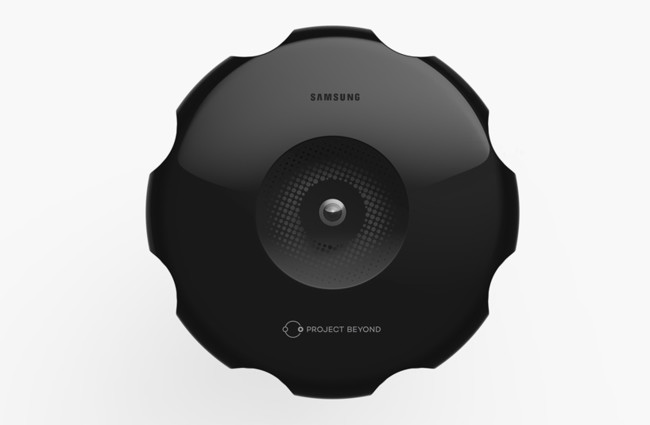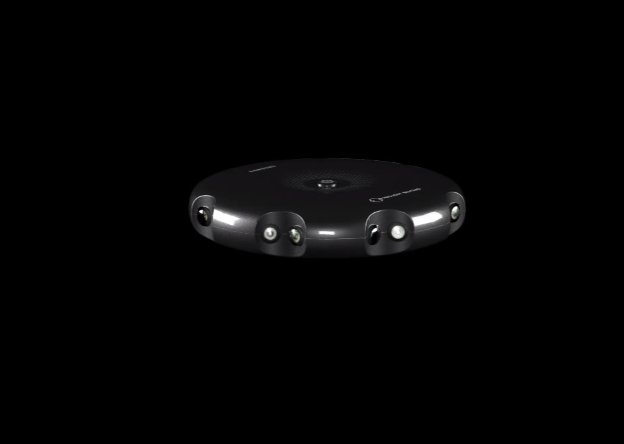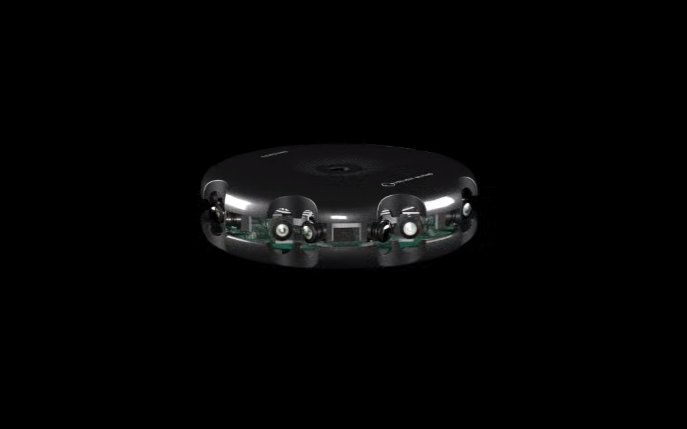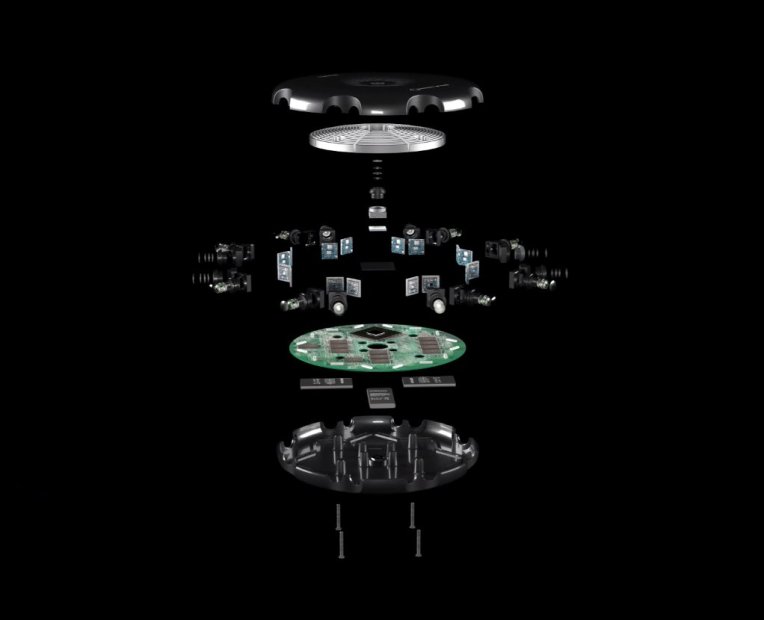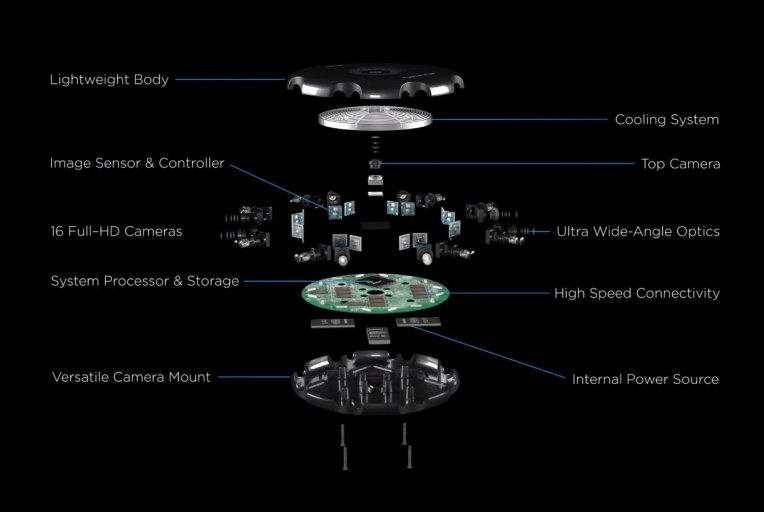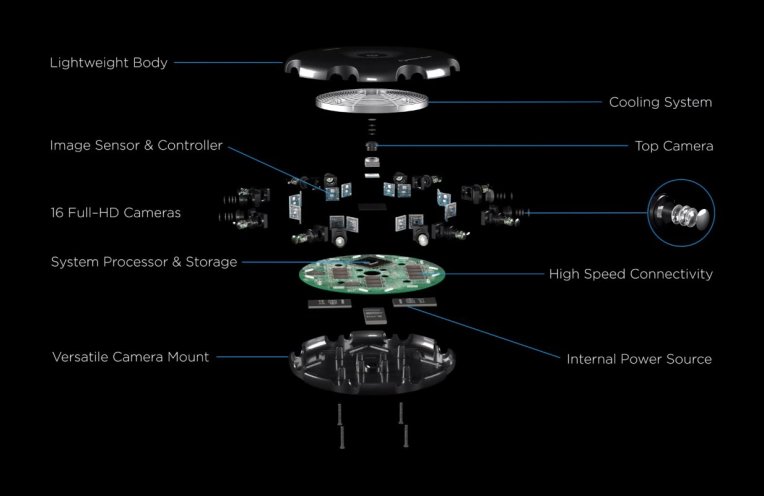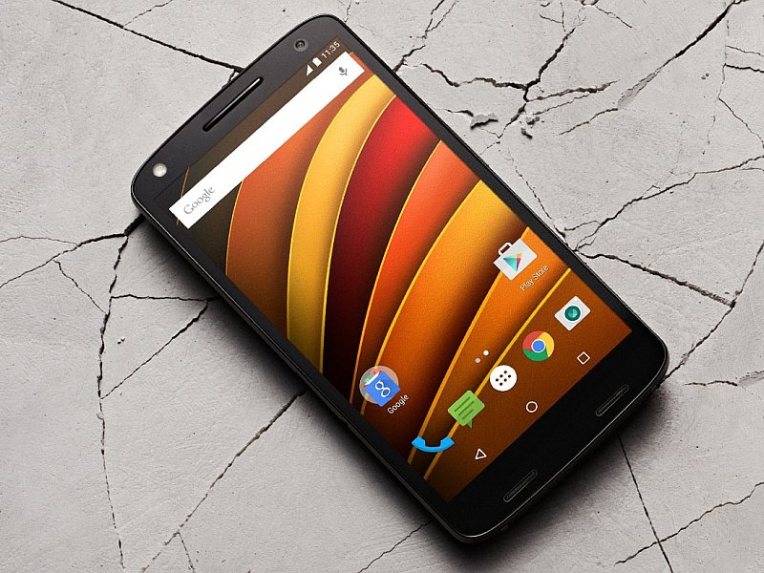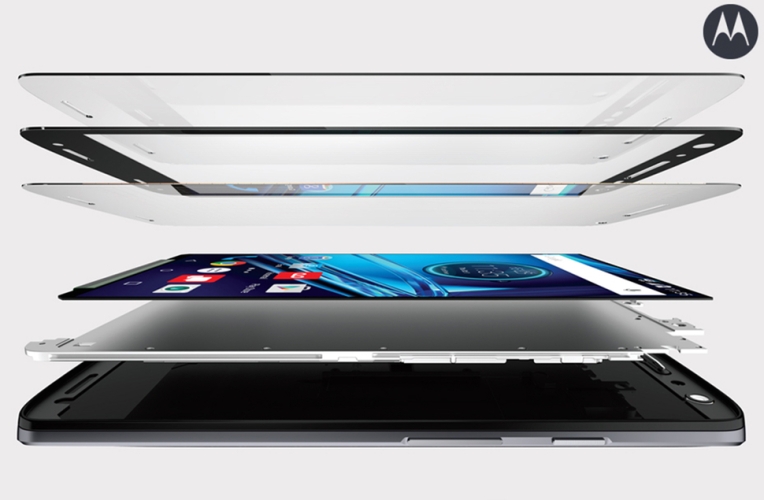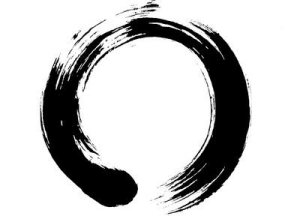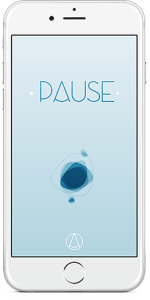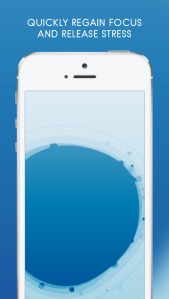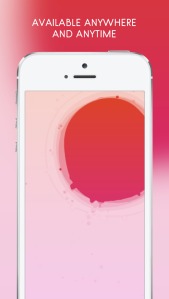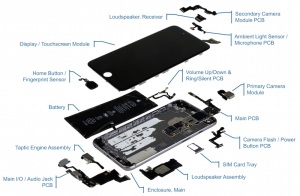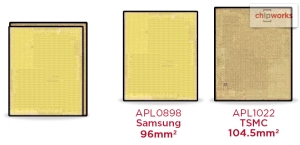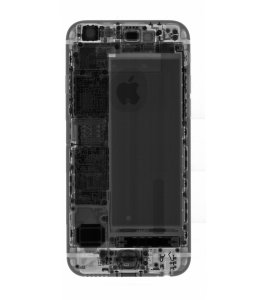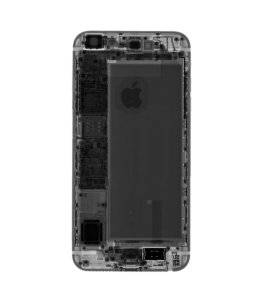This year, and after ten years of iterations, Apple exceptionally released at same time two new devices: iPhone 8 and iPhone X (three if we count the 8 Plus variant).

We can really identify an evolution and a polish of their industrial design in the current most iconic product line as it is the ‘iPhone’.
Sir Jony Ive made several movements in material selection along the years:
- iPhone 2G (soft Aluminium) [2007]
- iPhone 3G (Polycarbonate) [2008]
- iPhone 4 (Steel frame with back glass) [2010]
- iPhone 5 (Alum Series 6000) [2012]
- iPhone 6s (Alum Series 7000) [2015]
- iPhone 8 (Alum 7000 frame with back glass strengthened [but not shatterproof])
- iPhone X (Steel frame with back glass strengthened [but not shatterproof]) [2017]
The iPhone 4 made the first milestone, introducing a precious design based solely on noble materials such as Glass and Steel:
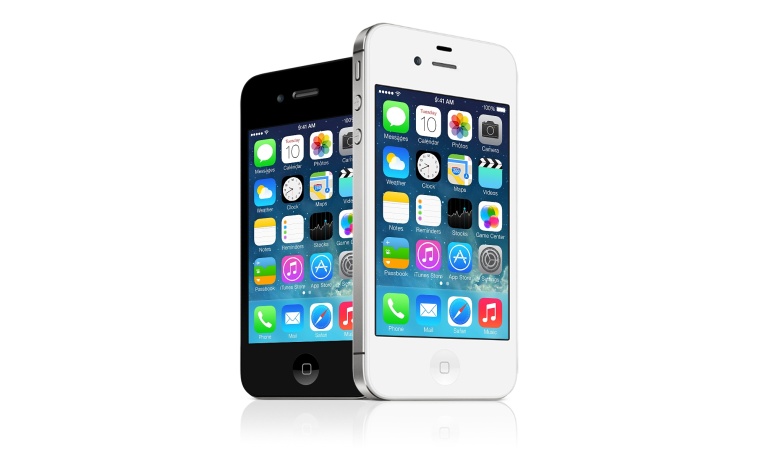
The users have seen the polishing of the original iPhone industrial design, making it Better, more simple, robust and elegant along the last years.
One step further, Apple introduced a fully unibody alum case making the device (iPhone 5) even more robust against falls and over time, and reaching the maximum expression of inner specs and nice design with the still available iPhone SE (2016). And still pretty loved small and handy 4″ screen iPhone for single hand usage.
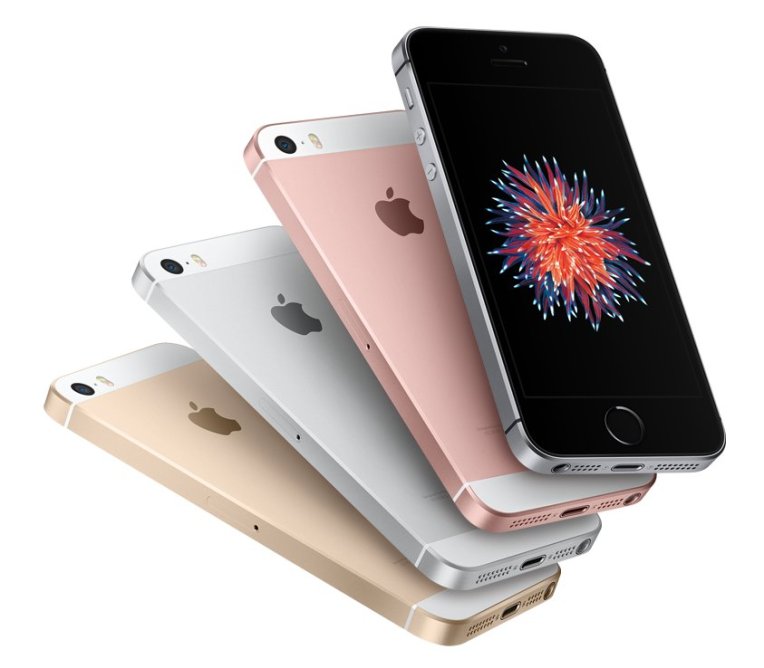
But I would say this was until 2014 with the iPhone 6 introduction. It became slimmer and rounded but the introduction of the Back Camera Turret destroyed the beautiful job done until the iPhone 5s. I can understand the engineering trade-off’s and Apple’s eagerness to continuously improve its photographic system; but that doesn’t mean that the final solution was pretty inconvenient in terms of simply ID.
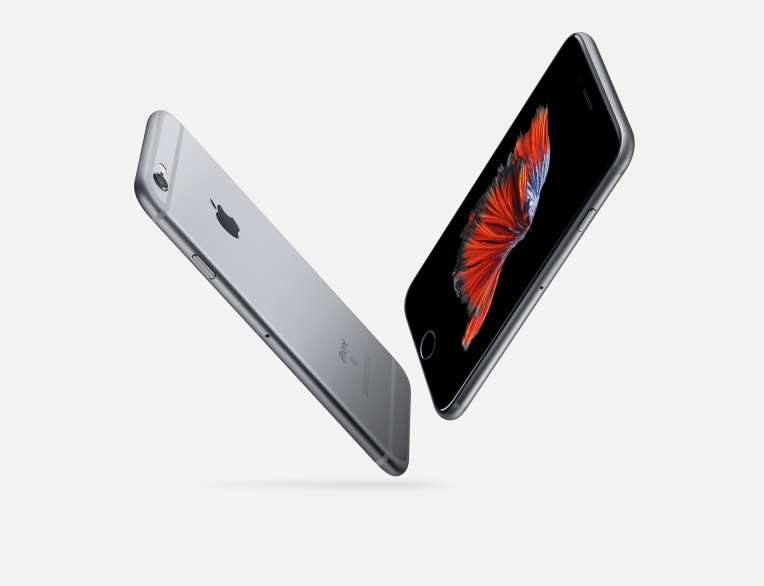
And in 2014 year, also the iPhone 6s Plus (the bigger iPhone made until today) was also presented, which due its size, also explained the fact of making the device thinner and rounded (despite the back turret); to avoid a feeling of having a mastodon in the hands of the end user.
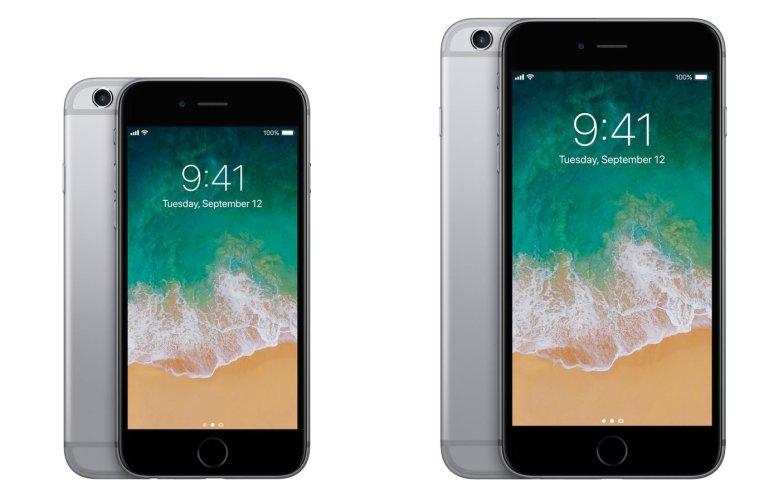
Personally, I have been a really fan lover of the Plus FHD 5.5″ screen, despite the fact that the overall device size was never as handy as other more compact smartphones with 5,2″ FHD screens. So, I was also always waiting to what happen this year with the iPhone X, a more compact device with a massive screen.
You can see how the 4″ size is not enough anymore nowadays, and how the design of the iPhone X with bigger screen fixed it (compared with also iPhone 8 and iPhone 8 Plus models):
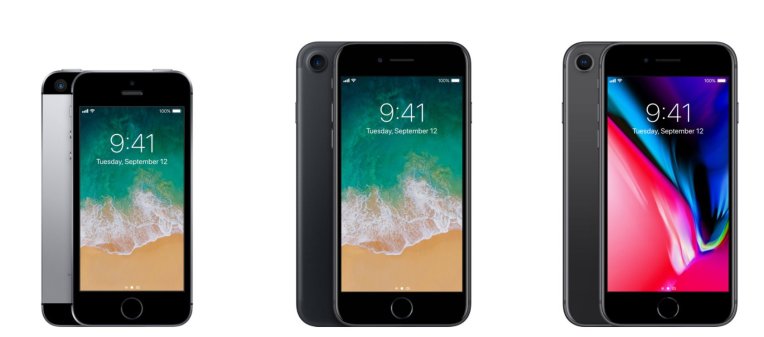
But coming back to the desing of the device itself, I would like to remark several things.
I was not a big fan of losing the 3.5″ analog audio jack (although, I think is a good movement to push the market to improve the wireless earbuds developments), but the iPhone 7 (2016) fixed several design holes of the previous generations.
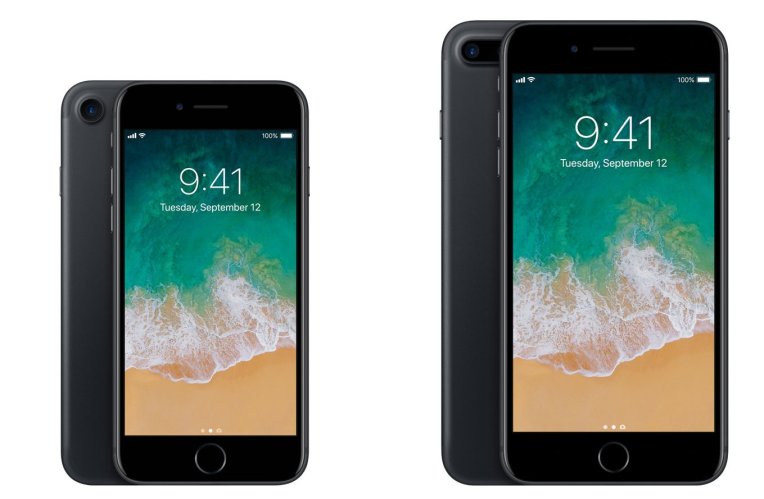
First of all, the black matte color came back and due the new alloy and treatment processes, it was stronger against scratches, just perfect!
Secondly, the back camera turret design was embraced with the whole housing design, making of it something Smoother and Flowing more naturally to the lens, not like a ‘nut’ screwed into the housing. Look at it:
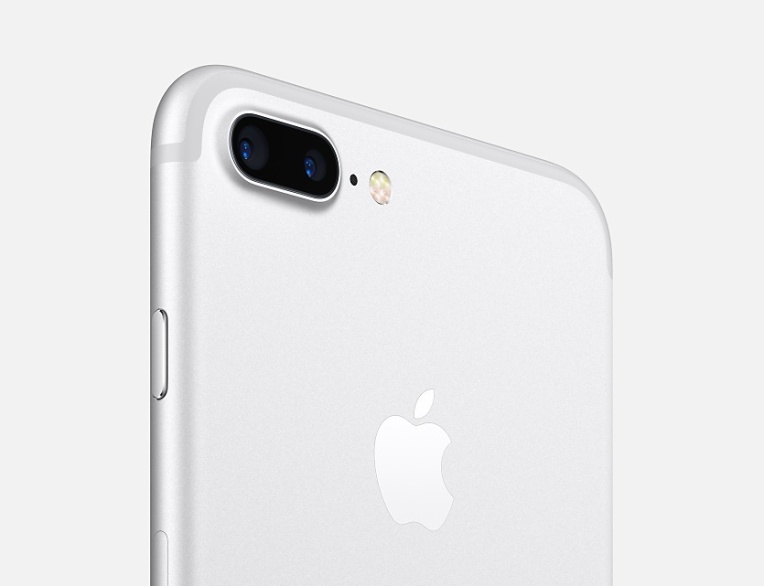
Third, the plastic lines embedded in the housing for the RF antennas, were delicately re-designed and pushed to the side borders to go undetected. So beautiful and handy engineering trade-off solution, again very well done in both black color variants.
And last, but not less important, the Touch ID mechanical push button was fully removed, but keeping perfectly its functionality! I really love this change. Because it eliminated a mechanical piece, more or less delicate, and with a certain tendency to break with time, even maybe being very careful with it.
This made the most robust, powerful and reliable iPhone device until today.
But unfortunately, the history doesn’t end here, and in 2017 iPhone 8 and X, Apple decided to came back to back glass covers.
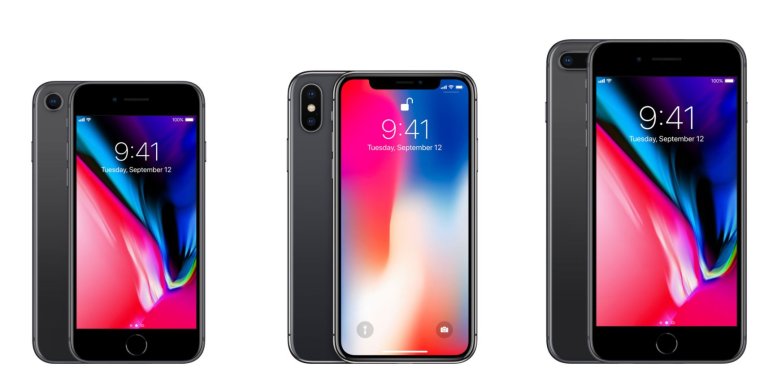
I understand the reasons behind for this movement: Inductive Charging feature introduction; as the main trend of Apple is to make its iPhone an fully ubiquitous device and fully cable loss dependent.
But this doesn’t mean that this marketing and engineering decision hard a tough impact in the design.
Now, we are again having a ‘nut’ embossed in the glass:
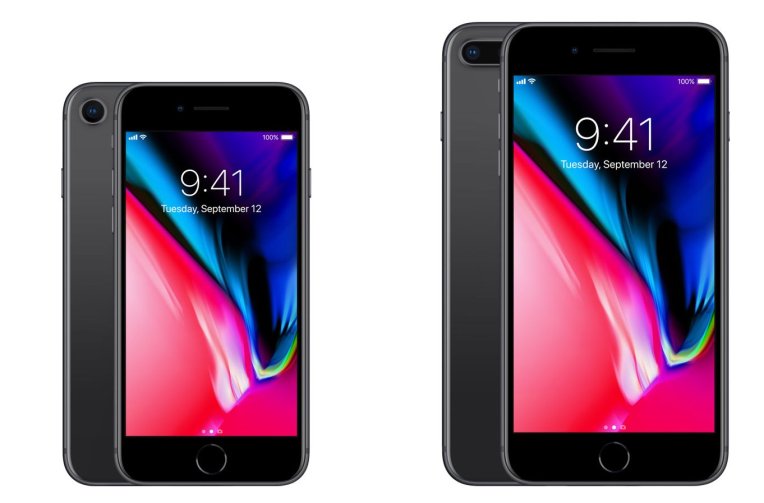
Which is even worse in the iPhone X, which straight turret is above 1mm height:
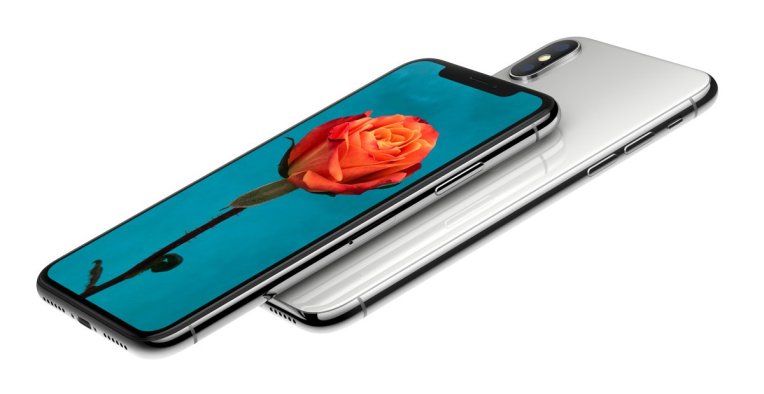
On top of that, the new “Space Gray” 2017 tone, is not dark/light enough gray, nor black, but some kind of slighly ‘ugly’ and a bit ‘dirty perception‘ gray tone, which makes it lose all the magic to the device. In the photos is not clearly noticeable, but in live it is, and loses many points in its favor; go to a shop and take a look yourself if you have the opportunity.
Another detail is that Apple bring back the frame made in Steell to the iPhone X (to differentiate further from iPhone 8), but I believe that the Alum alloy series 7000 continues being the best approach in terms of Hardness, Durability and Compensated weight for metal usage in smartphones:
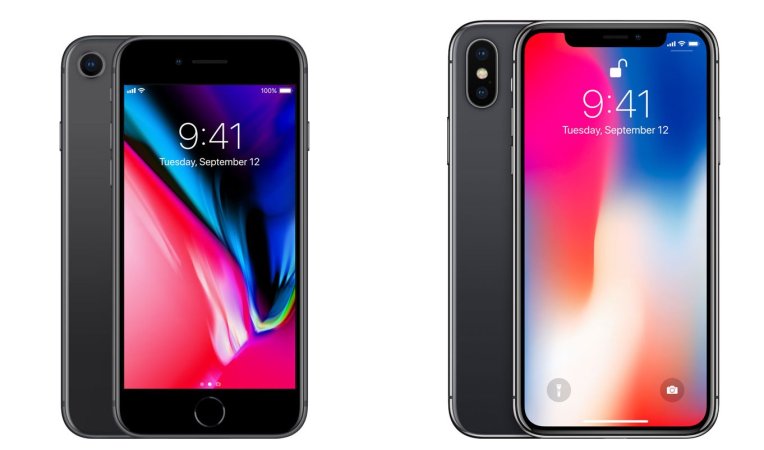
And the worse is that the new back cover made in glass, and even reinforced, it is not shatterproof against falls. What, together with the higher back camera turrets, will make the need to use a cover more necessary than ever before, and not due the possible scratches of daily use, but to avoid instability on flat surfaces and possible glass breakages against falls.
Another problem of usability and perception is that the rear glass (despite being less slippery than the metal) is too warm and gives the impression of being cheaper and more bad than it really is; as it gives the feeling of being some kind of plastic material instead of glass, and not a premium material, something that back metal actually transmitted to the end user much perfectly.
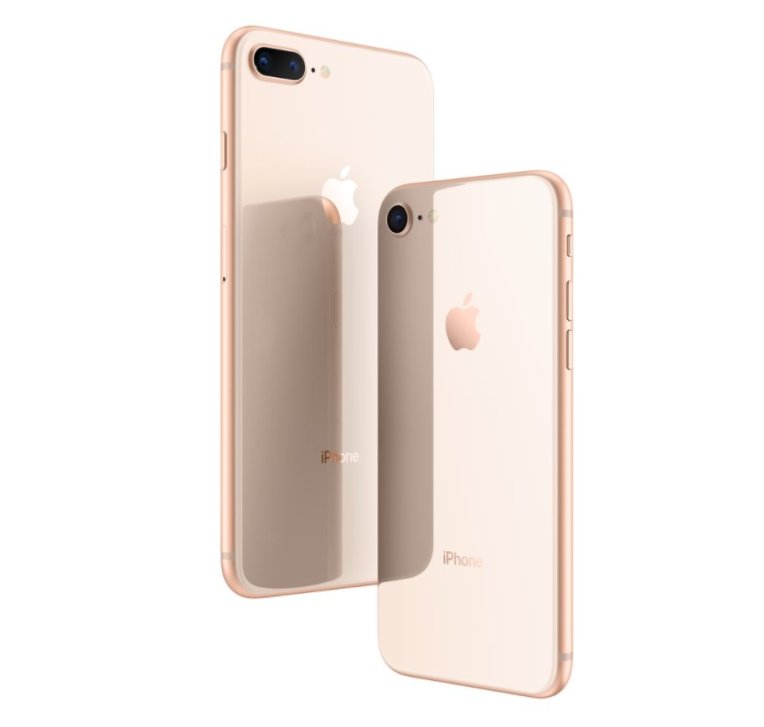
Nor does it give it a feeling of being a Monolithic device, something that the previous iPhone 7 Jet Black model transmitted much better, despite its inherent problem of being prone to scratches or micro abrasions after some daily usage without any cover.
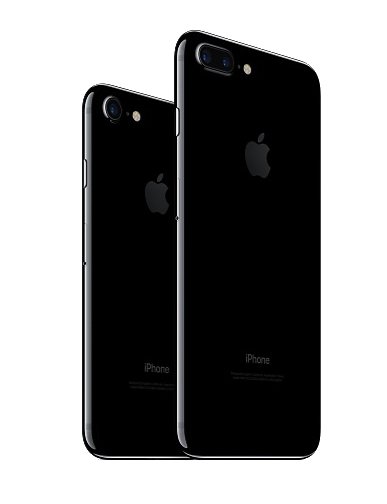
I also personally think that the decission to avoid a black variant in 2017 was to avoid any possible reminiscences with the old iPhone 4 and any kind of annoying comparison with an obsolete device of seven years ago. Although another possibility is that Apple has a silver bullet for next year minor update, and they would introduce the Pure Black in the iPhone 2018 as a variant novelty, we’ll see. As this also happened in the past.
So, as conclusion, even if this year new devices are really great iPhones (I have not any doubt about it) and I know for sure that Apple will make another hit of sales; they didn’t move a step forward with respect pure to Industry Design, but management decided to focus on offering a truly exceptional photographic experience, putting aside the aesthetic details; at least until R&D can find a viable technical solution that puts everything all together: Photography + Wireless + Design
To end, my wish would be that in next years iPhone milestones, Apple solves the engineering issue for the wireless charging (keeping it, of course) but changing the back material to something more robust for daily use and without hiding its great industrial design under a case: Aluminum again, another metal alloy or maybe even any innovative material (a new kind of ceramic?); and also the back camera it becomes again completely flat maintaining all its spectacular functionalities 😉
P.S. By the way ,I did not want to put too much emphasis on the iPhone X’s notch (Face ID), or ‘ears’ as some people call them:
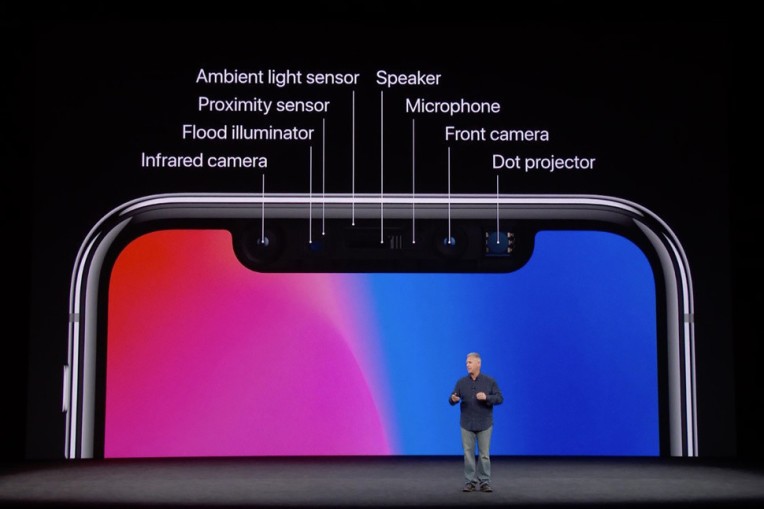
because the idea (True Depth cameras technology) has been implemented in a so sublime way taking into account all the engineering trade-off’s, look by yourself the inners complexity (8 tiny and extremely complex electronic components putted together in a row and perfectly alligned along the millions of units to be made):
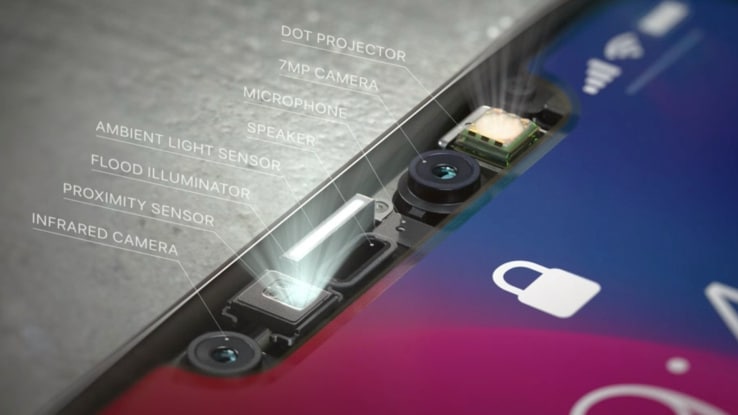
This is again a big step ahead in the consumer electronics in terms of strong seamless security system; and anyone can not, and should not, neglect all the merit behind to bring it to market; because it is another milestone in the smartphone industry, as it was the Touch ID at 2012. And I know that Apple UX team will find the best balance (maybe after few iOS iterations) to use those couple of ears to simply show useful information to the user without making ugly the whole interface always, adapting them depending of the app being used, and without bringing back a useless bottom black band just to simply offer a full symmetrical design, which will again wrongly oversize the device, making it less handy.
